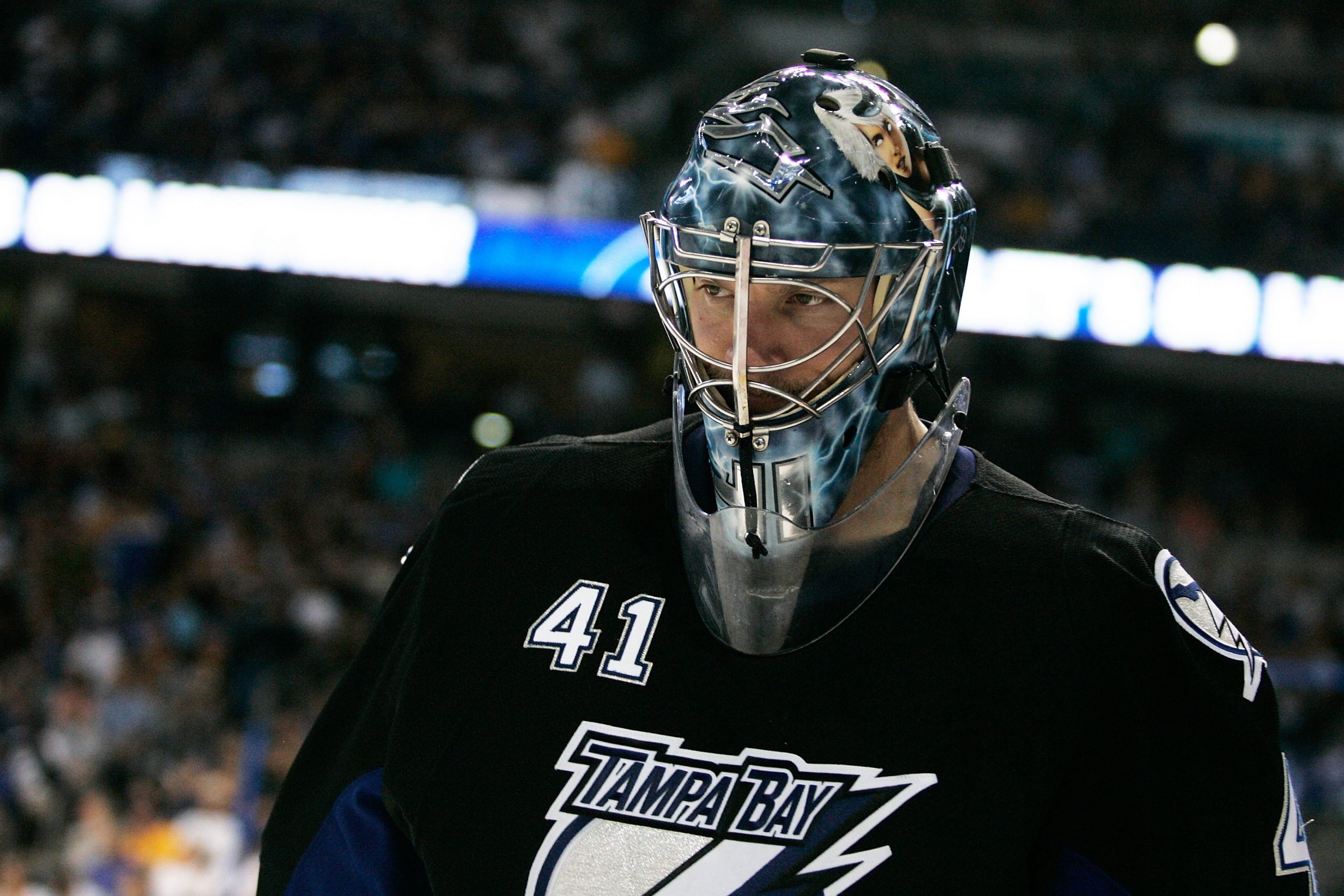10 words or fewer: Another intriguing RP in an organization long known for them.
Position: RP | Age (2016): 21
Throws: R | Bats: R
Height: 6’1″ | Weight: 170
2015 Rank: Unranked
Fastball – A. Paredes is a different pitcher, depending on who you ask and when. I think part of the reason there isn’t as much fanfare on him is just because people aren’t exactly sure who he is, and much of that stems from his fastball. You see, sometimes when you watch him, you’ll see a 91-92 mph sinking fastball from the right side. Not completely impressive, but certainly not bad either. The next outing, he’ll add a little more zip and you see him throwing a 94-95 mph “sinker” basically, which makes your eyes pop out of your head and scream, “WHAT?!?!” And then on another night, you’ll see Eduardo slightly elevate his arm angle and throw a four-seamer in the 97-99 mph range, which is just spectacular, especially from a sidearm pitcher. This grade is also hard to give out mostly because, do we diagnose his generally 93-mph bread-and-butter a sinking fastball or a true sinker? He doesn’t throw four-seamers enough to say that’s his go-to pitch either. It’s all confusing so I’ll just clear it up and say he either throws an “A+” sinking fastball, an “A” four-seamer, or an “A-“ sinker with velo.
Off-speed Pitches – B. I’m going to go ahead and say his sinker isn’t an off-speed pitch because he throws it so frequently and can cut it up to the mid-90’s if he wants. So we’ll call that a sinking fastball instead and choose to focus on his slider. Personally, I don’t buy into the idea that a breaking ball either has to be a curve or a slider, which are, in essence, the same pitch thrown with different intent. Some of the best off-speed pitches I’ve ever seen were what we’d classify as a “slurve” and I like them better that way anyway. Less of an uncontrollably wild break of a slider, but harder than a curve. The best of both worlds. Paredes tosses one of those and it’s a pretty good one. Above average in both its speed, break and effectiveness. It isn’t of the “A” variety that we’ll see from your prototypical hard throwing RP, but then again, nothing about Paredes is prototypical.
Control – A-. Paredes definitely falls under the Dipoto regime’s focus on pitchers that can throw strikes. While not quite elite in the way Andrew Heaney was, Paredes can certainly sit in the strike zone for a good part of the game, and hasn’t shown much interest in pitching around anybody. He attacks the strike zone and uses his array of pitches to basically shove at every batter and challenge them to hit it.
Command – C. He certainly got away with a lot in Rookie Ball and A Ball. It was impressive to see a teenager mow through the competition like that. But now Paredes is 20, and facing less friendly environments in the Cal League and more advanced competition, meaning he’ll have to have a plan of attack. Maybe expanding the zone a little could help. But he’ll have to start dictating between different sides of the plate as well as elevation, which he’s already good at.
Mechanics – B-. Paredes comes from a sidearm angle, creating deception and a TON of movement, while sacrificing velocity. His delivery is your standard sidearm delivery, which works well for RP’s. He gets into trouble sometimes when he sinks too low.
Performance – B+. Before this year, we already knew Paredes couldn’t be touched in the depths of Rookie Ball, but understandably, I had some questions about whether or not it transferred to a full season in A Ball. After a couple months in the Midwest League, it was abundantly clear that it did, and then some. He was absolutely dominant. But the California League was not as friendly. He still threw strikes and kept the walks down to a minimum, but he was hit, hard. It’ll be interesting to see him adjust.
Projection – B. I’m cautiously optimistic that Paredes could be a closer in the majors. His pitches move enough, he throws enough strikes, and he throws hard enough to be effective. But he’ll need to progress and continue to grow. He’s good right now, but he has to get better to reach this peak.
Estimated Time of Arrival – 2017. I’m pretty high on Paredes’ upside here. 2018 would be a more realistic prediction, but I think there’s a chance he makes it as early as next year.
What to expect in 2016 – He’ll need to settle on the right arm angle, and learn to control both sides of the plate. Once he does, he should blow past the Cal League and make his way up to AA. If he dominates in AA, it’s entirely possible we see him up with the Angels in 2016. Still I think it’s more likely he’ll finish the year in AAA.
Most Likely Scenario – Paredes refines his delivery and finds consistency in controlling the zone and hitting his spots. He’ll eventually emerge as a Darren O’Day type of reliever that can work in a specialty role, set up or even closing.
Grade as a Prospect – C+. Relief pitchers generally don’t score high on the prospect lists, but if they did, Paredes would be more deserving than many. The upside is so evident that I think it’s necessary to add a “plus” at the end of the “C”. Perhaps if the dominance continues in AA/AAA we could start thinking of him as a “B” prospect.
Special thanks to Jerry Espinosa for again giving us permission to use one of his photos. Check out his Twitter feed for all the Angels prospect pictures your heart could desire.
Add The Sports Daily to your Google News Feed!

